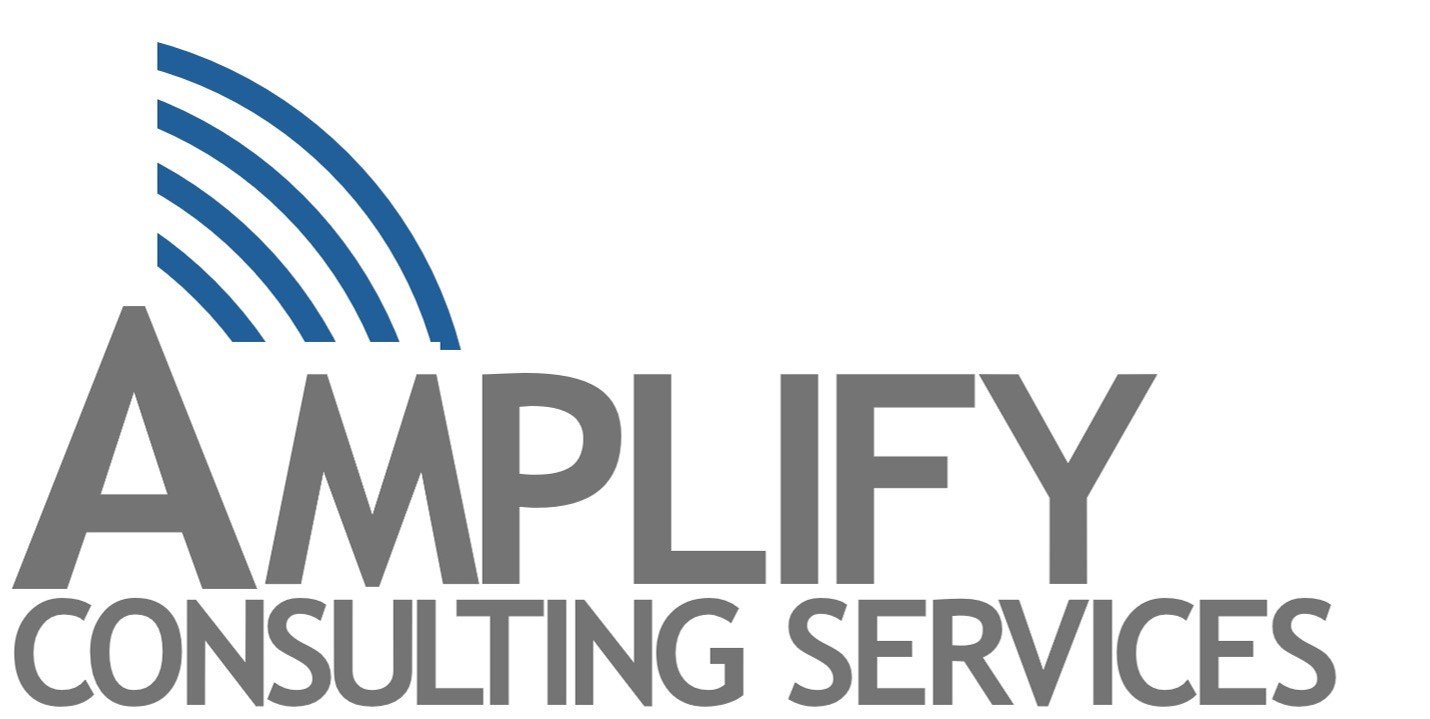Preserving Deal Value from Offer to Closing: 3 Focus Areas
It should come as no surprise that in M&A deals, the initial offer is rarely the final closing price. The buyer learns a lot about the business in due diligence that they don’t know when making the initial offer. What they learn can cost you money, time or even put the deal itself at risk.
The buyer will evaluate any issue discovered in great detail. They’ll work to understand and quantify the impact and reflect all of this in their final offer - either simply through a reduced price, purchase price adjustments in the contract, or contingent payments. No matter what form it takes, it’s all reducing the cash you will get at closing. But there are things you can do now to reduce the movement in price from offer to close - tools already at your disposal.
Let’s talk about 3 areas where you as a seller can focus to maximize your final deal value at closing:
Working Capital
Contracts
Legal Matters
1. Working Capital.
Working Capital – and in particular, Inventory and Accounts Receivable – is typically an area of significant focus for buyers. The buyer wants to be sure they have the resources required to operate the business at closing, and know all the liabilities they will take on as the new owner.
For example – let’s say you $5 million in inventory on your books. During due diligence, the buyer finds that $4 million of the inventory is “excess and obsolete” - and therefore, can’t be used. In this situation, it’s pretty likely the buyer will make a purchase price adjustment at closing to reflect the need for a write-off (and any disposal costs). Probably to the tune of about $4 million less to you, the seller.
Similarly, if your A/R collections are behind, a buyer will have to take on that collection risk and will adjust the purchase price accordingly as part of the purchase contract.
What can you do to reduce the impact? Take control of the narrative. Do your own due diligence on yourself - and do it before you start conversations with buyers. Dig into the books and records. Write-off and dispose of excess and obsolete inventory as early as reasonable. Double-down on A/R collections to clean up stale or delinquent accounts – and put provisions for bad debt and undertake write-offs where necessary. (The resulting charges may result in a tax break for you!).
If you wait for the buyer to deal with excess and obsolete inventory or overdue accounts receivable, they will likely reduce the purchase price AND get the tax benefit of the write-off for themselves after closing.
2. Contracts.
Another critical focus area for buyers will be understanding your customer relationships - most importantly, the contractual ones. So it’s important that you know the key terms of your contracts.
Do your important customer contracts have any provisions that are problematic for a buyer – such as a change-of-control provision? If a key customer, partner or vendor can renegotiate their deal, alter or cancel the contract under a change-of-control scenario, that could also impact a buyer’s price.
Again, take control of the conversation here. A change-of-control provision in a customer contract does not necessarily kill a deal, but it can introduce variables and uncertainty, not to mention require careful handling. A thorough review of all major contracts can help you understand any areas of risk before a buyer brings them to you.
3. Legal Matters.
You may believe that lawsuit against your company is completely without merit. And it may be. But to a buyer, outstanding, unsettled litigation represents uncertainty and risk - and generally, buyers are working to avoid risk.
Review and investigate any pending or threatened litigation (including matters where you are the complaining party) and work to quantify the potential impact of an adverse judgement - so you can pre-empt the buyer’s questions and keep momentum in the deal. Generally this approach is preferable to giving the buyer a “blank slate” to come up with their own estimates of exposure.
Bonus Tracks: Couple others worth spending a moment on…since you’ve read this far.
- Forecasts:
Are your forecasts and assumptions credible? Realistic? Aggressive or conservative? Achievable or optimistic? Do some sanity-checking your forecasts - how much of the forecast is “to be sold”, how much comes from customers or prospects “to be identified”? The more the forecast is based in reality and facts - signed contracts, well-qualified customer prospects and leads, data analyzing historical patterns and trends - the more credit you will get for your assumptions, If you forecast General & Administrative expense to decline by 10% this year, it will be far more believable if you can back it up by providing a list of 3 people planning to retire, the price benefit of switching your telecom vendor and savings from implementing a new procurement policy.
- IT Security:
Expect a buyer to look critically at your IT security policies and infrastructure to identify any perceived threats or vulnerabilities. Any negative findings will impact the price as the buyer will either look to have you remediate them or take on that task themselves. Perform a security audit and you can reduce the risk of an unexpected issue at closing.
Amplify Consulting Services LLC provides support to businesses in transactions and transitions. If you’re considering your future plans for your company, let us help you work through it. We offer coaching through webinars and seminars, hands-on transaction support throughout the planning, prep and process, and will roll up our sleeves to work with you at every step. Reach out and let’s discuss your objectives and let us help you achieve them. Visit our website at www.amplify-cs.com or get the conversation started by reaching out at info@amplify-cs.com
